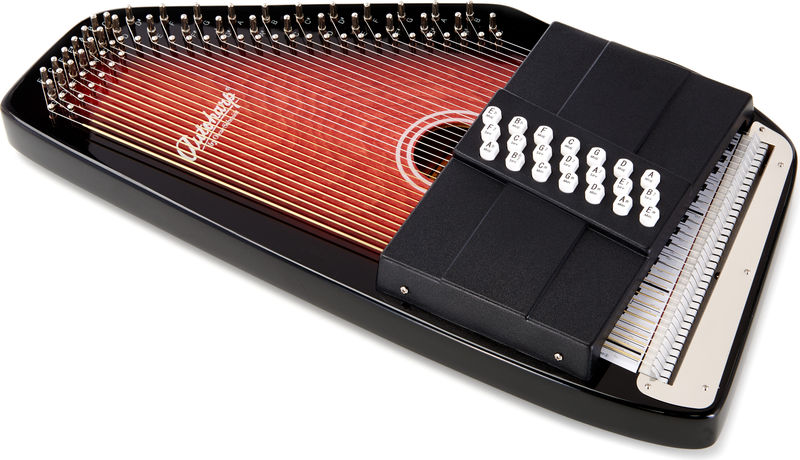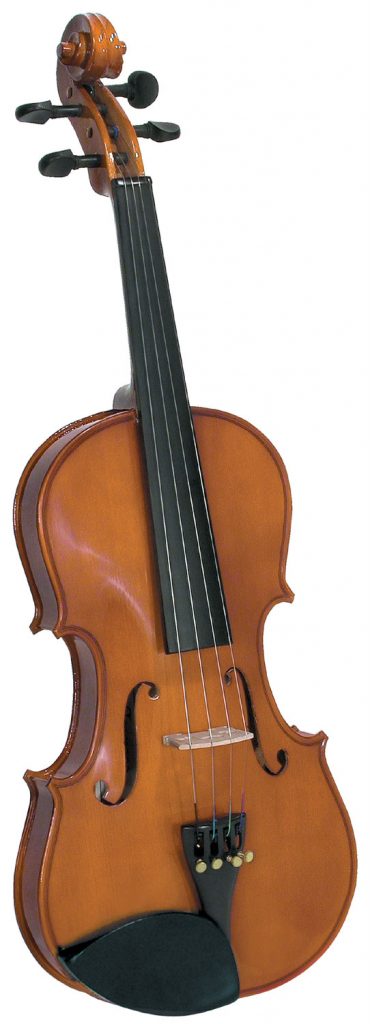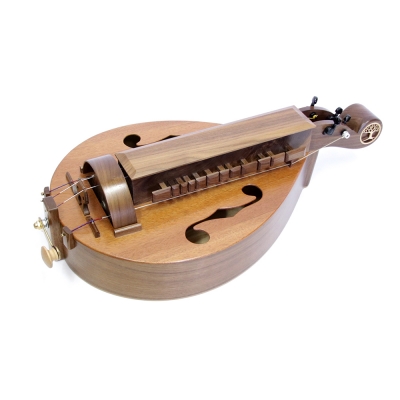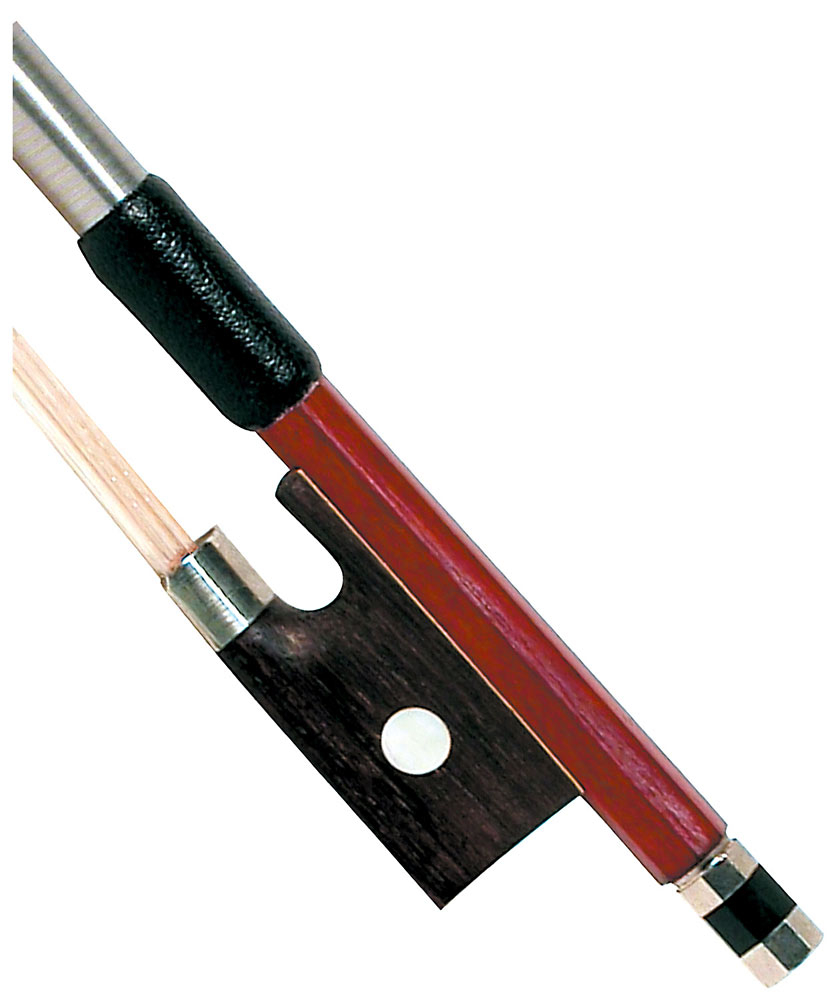- HQ/Mail Order - 0333 800 9500
- Our Shops
- Birmingham - 0121 212 9010
- Brighton - 01273 760022
- Bristol - 0117 929 0902
- Canterbury - 01227 769484
- Edinburgh - 0131 667 8241
- Leeds - 0113 245 3311
- London - 020 7323 9040
- Manchester - 0161 273 1000
- Southampton - 023 8023 1099
- View all branch details in full »
- HQ/Mail Order - 0333 800 9500
- Our Shops
- Birmingham - 0121 212 9010
- Brighton - 01273 760022
- Bristol - 0117 929 0902
- Canterbury - 01227 769484
- Edinburgh - 0131 667 8241
- Leeds - 0113 245 3311
- London - 020 7323 9040
- Manchester - 0161 273 1000
- Southampton - 023 8023 1099
- View all branch details in full »
Autoharp and Zither

Zither Information and FAQs
DEFINITION
The family name of all instruments which have strings stretched across a box. Popular in central Europe, In addition to the melody strings, the Concert Zither has a guitar type fretboard (similar to the epinette des vosges), and other models have strings grouped together in chords.
INTRODUCTION
All of the instruments in the zither family have a flat soundboard with strings stretched across. All the dulcimers are part of this family too. The autoharp is the most popular zither these days, as it is very easy to play and good to sing with. The Hammered Dulcimer is traditionally played across the British Isles, and variations are found all over the world from the Santoor to the Cymbalom.
SOME TYPES OF ZITHER
Appalachian Dulcimer | Autoharp | Bandura | Bowed Psaltery | Cheng (1) | Cymbala | Cymbalom | Dulcimer | Epinette Des Vosges | Gousli | Gu Zheng | Guo Qin | Gusli | Hackbrett | Hammered Dulcimer | Hummel | Kankles | Kanoun | Kantele | Kanun | Khim | Koto | Psaltery | Qanun | Sanduri | Santoor | Santour | Stumstick | Tsymbaly | Txun-Txun | Tzeze | Yang Qin
Appalachian Dulcimer
Definition: Name applied to certain musical instruments of the box zither type. Includes Hammered Dulcimer and Appalachian Dulcimer.
Introduction: Descended from the Northern European zithers, the Appalachian Dulcimer developed in the Appalachian mountains of the Eastern USA, where it was used in old time music. Its popularity has spread because of its delicate sound, and the ease with which it can be played. An ideal instrument for song accompaniment.
Autoharp
Definition: Zither with a keyboard chord making mechanism which mutes unwanted strings. Strummed or Picked.
Introduction: The Autoharp is associated with with American, particularly Appalachian, folk music. It is a development of the zither dating from the 1880s in Germany. The Autoharp is almost identical to a Chord Zither with the addition of a set of spring wooden bars with felt dampers which effectively fret and dampen the relevant strings for each chord. The Autoharp is currently easily the most popular instrument in the zither family,
Bandura
Definition: type of psaltery found in the Ukraine; short neck, oval, flat body; held vertically.
Bowed Psaltery
Definition: Box zither; A 20th Century (probably) adaptation of the psaltery in a triangular shape allowing for bowing on alternate sides. Other psalteries are usually plucked.
Introduction: The Bowed Psaltery is a triangular instrument with tuning pins on the short end and strings running from there to posts at intervals along each side. The strings are played between the posts with a short arched bow. It is generally tuned in a chomatic 2 octave scale with black notes on the left and the white on the right as seen from the blunt end.
Cheng (1)
Definition: Half tube plucked zither of the Han chinese.
Cymbala
Definition: A modern small trapezium shaped plucked zither, designed for use by children.
Introduction: The Cymbala is a great way for children to learn music and pick out songs for the first time. Usually comes with song charts to go under the strings.
Cymbalom
Definition: Box zither of Hungary, related to earlier hammered folk zithers.
Dulcimer
Definition: name applied to certain musical instruments of the box zither type. Includes Hammered Dulcimer and Appalachian Dulcimer.
Epinette Des Vosges
Definition: French instrument of the dulcimer family, oblong often with 7 strings, 3 of which are fretted. For more info: Visit Christophe Toussaint’s Site (en Francais)
Gousli
Definition: traditional Russian zither/harp with 16 metal strings.
Gu Zheng
Definition: Long Chinese zither, typically with 21 strings, also known simply as Zheng (Gu meaning ancient). Related to Japanese Koto
Introduction: The Gu Zheng is said to be the oldest instrument of China. It is a long plucked 21 string zither with movable bridges and is played seated with the instrument on a stand. D major pentatonic is a standard tuning. The melody is played at the top (right hand side) with the right hand using four finger picks. The left side of the string is also used to bend the note and for vibrato effects. In modern styles the left of the bridges can be played to produce harmony or counterpoint. The instrument is commonly played by women in China.
Guo Qin
Definition: 7 stringed Chinese zither.
Gusli
Definition: A Russian psaltery or zither. Exists in both a trapezium shape with around 15 strings similar to a Finnish Kantele, and also a pig snout shape similar to a mediaeval psaltery. Recently makers are adding semitone tuning levers.
Hackbrett
Definition: German /Austrian/ Swiss instrument similar to hammered dulcimer & santoor. Tuned chromatically, played only on one side of the bridges.
Hammered Dulcimer
Definition: Large trapezoidal zither with many strings in pairs, 3s or 4s stretched over long (sometimes individually moveable) bridges. Played with small wooden or cane hammers. Played in British Isles and North America. Closely related to the Hungarian cymbalom, German/Swiss hackbrett, Iraqi and Iranian santir (probably the origin of all of these), Indian santoor, Korean yangum and Chinese yang qin.
Introduction: The Hammer or Hammered Dulcimer is larger instrument than the mountain dulcimer it is played by hitting the strings with wooden or cane hammers. It has large trapezium shaped solid wooden frame with a wooden soundboard and back plate. It has many strings in pairs, 3s or 4s stretched over long (sometimes individually moveable) bridges.
It is played in the British Isles and North America.
Hummel
Definition: Dutch/Flemish instrument of the dulcimer family.
Kankles
Definition: Lithuanian zither, related to Finnish gousli or kantele, solo instrument and for ensembles.
Kanoun
Definition: (also quanun, kanun) zither/psaltery of the Middle East, related to the hammered dulcimer, usually 3 strings per course and adjustable tuning bridges.
Kantele
Definition: known by other names including ‘gousli’; Finnish folk instrument of the psaltery type. Also popular in the Baltic states.
Kanun
Definition: 72 stringed harp or dulcimer of the Near East, see also qanun and kanoun.
Khim
Definition: Similar to the Hammered Dulcimer, the Khim was introduced to Thailand from China (see Yang Qin), and has been adapted somewhat to accommodate local music styles, Also known in Cambodia by the same name.
Koto
Definition: From Japan: longest of the long zithers of East Asia; about 6 feet long; 13 silk strings; this narrow instrument is laid horizontally, each string with its own movable bridge.
Psaltery
Definition: box zither; raised wooden board or box with soundholes, with strings stretched parallel to the soundboard and attached at either side by wooden pegs or metal pins; usually plucked.
Qanun
Definition: Arabic and Persian spelling of Kanun
Sanduri
Definition: Greek term for the zither; also applied to the cymbalon.
Santoor
Definition: stringed instrument originating in Iran, belonging to the category of zithers; struck with two hammers; see Hammered Dulcimer, Tsimbaly, Cymbalom, Hackbrett etc.
Santour
Definition: same as santoor, santur (Iran), sanduri.
Stumstick
Definition: Modern cross between the Appalachian Dulcimer and a small guitar. Has 3 courses of strings as on the dulcimer, but with a very small triangular shaped body and a long neck.
Tsymbaly
Definition: The Ukrainian hammered dulcimer.
Txun-Txun
Definition: A percussion instrument from the French part of Basque Country. It has usually 6 strings giving C and D over a resonant wooden box, hit with a stick. It is usually played with the txirula.
Tzeze
Definition: A simple stick zither from Uganda (apparently there is a pic in Eyewitness books – Music pub. Dorling Kindersley, London 1989)
Yang Qin
Definition: Chinese hammered dulcimer; came into China from Persia in the 17th century and now regarded as a Chinese national instrument.





